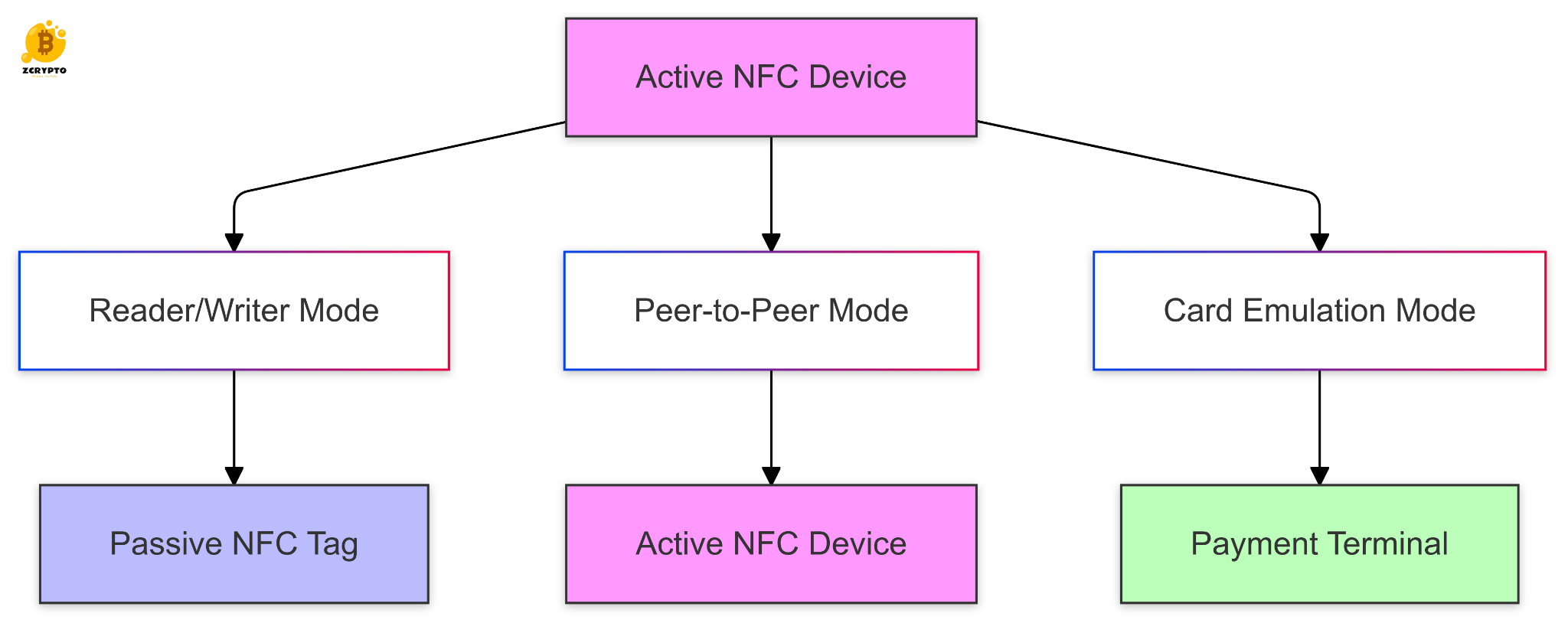What Are Durable Goods Orders?
Durable goods orders refer to the purchase of goods that are expected to last three years or more. These include items like machinery, technology manufacturing equipment, and transportation vehicles such as cars and airplanes. The term “durable” distinguishes these goods from non-durable goods like food and clothing.
There are two main types of durable goods:
-
Consumer durable goods: These are items purchased by consumers for personal use, such as refrigerators, washing machines, and cars.
-
Business durable goods: These include equipment and machinery bought by businesses to enhance their operations or expand production.
Understanding these categories helps in analyzing the broader economic trends and consumer confidence.
How Durable Goods Orders Data Is Collected and Reported
The U.S. Census Bureau is responsible for collecting data on durable goods orders through its Manufacturers’ Shipments, Inventories, and Orders (M3) survey. This process involves contacting a sample of manufacturers across various industries to gather information on new orders, shipments, inventories, and unfilled orders.
Each month, the Census Bureau releases two reports:
-
The advance report on durable goods, which provides preliminary data.
-
The full manufacturers’ shipments, inventories, and orders report, which offers more detailed and finalized figures.
These reports are essential for policymakers, economists, and investors who need timely and accurate data to make informed decisions.
Key Components of the Durable Goods Orders Report
The durable goods orders report is broken down into several key components:
-
New orders: This indicates the number of new orders received by manufacturers during the month. High new orders suggest increased demand and potential economic growth.
-
Unfilled orders: These are orders that have not yet been shipped. An increase in unfilled orders can indicate strong demand but also potential supply chain issues.
-
Shipments: This reflects the number of goods shipped out by manufacturers during the month. Shipments are a good indicator of current production levels.
-
Inventories: This shows the level of stock held by manufacturers. Rising inventories might suggest slowing demand or overproduction.
Each component provides valuable insights into different aspects of economic activity and helps in assessing the overall health of the manufacturing sector.
Interpretation and Analysis of Durable Goods Orders
Interpreting durable goods orders data requires careful analysis:
-
High numbers generally indicate economic growth as they suggest increased demand for durable goods.
-
Low numbers can signal an economic downturn, reflecting reduced consumer and business spending.
However, it’s important to consider that monthly data can be volatile due to various factors like seasonal changes or one-off events. Therefore, averaging several months of data is often necessary to get a clearer picture of economic trends.
Additionally, excluding the defense and transportation sectors from the analysis can help avoid skewing the results, as these sectors can be particularly volatile and may not reflect broader economic conditions.
Economic Indicators and Market Impact
Durable goods orders are a significant economic indicator because they reflect the health of the manufacturing sector and, by extension, the overall economy. Here’s how this data influences investment decisions and market dynamics:
-
Strong durable goods orders can indicate increased production and employment, which are positive signs for economic growth.
-
Conversely, weak orders can signal a slowdown in manufacturing activity, potentially leading to reduced employment and lower economic output.
Investors closely watch these numbers because they can predict future trends in stock prices and overall market performance. For instance, an increase in durable goods orders might lead to higher stock prices in related industries.
Special Considerations and External Factors
External factors can significantly impact durable goods orders:
-
Trade wars and tariffs can disrupt supply chains and reduce demand for certain durable goods.
-
Global economic conditions, such as recessions or booms in other countries, can influence international trade and thus affect domestic durable goods orders.
These factors can lead to changes in both business and consumer spending patterns on durable goods, making it essential to consider them when analyzing the data.
Historical Context and Examples
Historical examples illustrate the importance of durable goods orders:
-
During the Great Recession (2007-2009), durable goods orders plummeted, reflecting severe economic contraction.
-
In the aftermath of the 2008 Global Financial Crisis, there was a significant decline in durable goods orders due to reduced consumer and business confidence.
These events highlight how changes in durable goods orders can mirror broader economic conditions and serve as a warning sign for potential economic downturns.
Recent Trends and Forecast
As of recent times, durable goods orders have shown mixed trends:
-
There have been periods of increased orders in certain sectors like technology manufacturing.
-
However, there have also been declines in other areas due to global economic uncertainties.
Forecasts suggest that future trends will depend heavily on global economic conditions, trade policies, and technological advancements. Analysts predict continued volatility but overall stability in key sectors.




